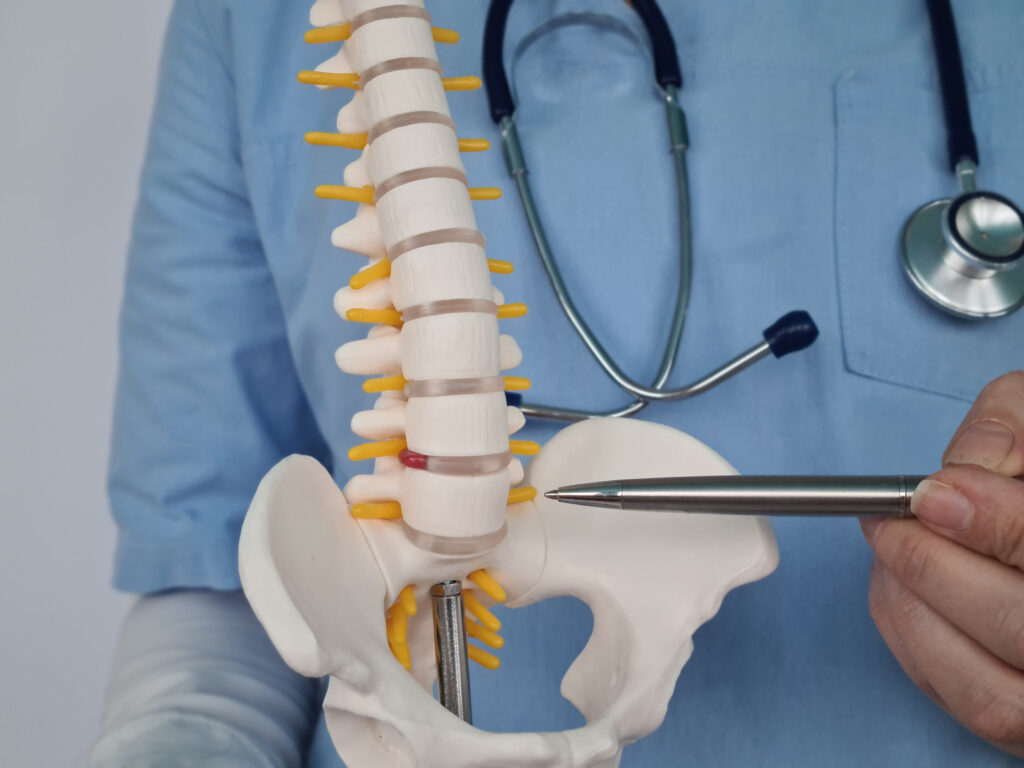Intervertebral disc degeneration (IVDD) is a prevalent condition that often leads to significant pain and disability. One major factor contributing to the decline in the regenerative capacity of intervertebral discs is the depletion of nucleus pulposus-derived stem cells (NPSCs). Recent research has explored innovative strategies to combat this challenge, focusing on enhancing the biological activity of these cells and promoting their differentiation into nucleus pulposus cells.
A recent study proposed a novel hydrogel drug delivery system designed to counteract the depletion of NPSCs. This platform combines sodium alginate hydrogels with gelatin microgels to create SCGP hydrogels, which facilitate a spatiotemporal release of multiple drugs. The key components of this system include chondroitin sulfate (ChS) for initial release and an independently developed parathyroid hormone-related peptide (P2) for gradual release. This unique combination of small molecule drugs effectively “awakens” reserve NPSCs, which had been dormant or less active due to environmental stressors, such as oxidative damage from hydrogen peroxide (H2O2).
The findings of the study indicate that the SCGP hydrogels not only mitigate cell damage but also enhance the biological activity of NPSCs. Furthermore, the dual cross-linking method used in the fabrication of these hydrogels significantly improves their mechanical and viscoelastic properties. This adaptation is crucial, as it allows the hydrogels to match the loading environment of degenerated intervertebral discs, ensuring better integration and functionality.
To validate the efficacy of the SCGP hydrogel system, researchers utilized a rat IVDD model. The results were promising, demonstrating that the SCGP hydrogel could significantly inhibit the progression of IVDD while simultaneously stimulating the endogenous repair mechanisms within the discs. This suggests that the hydrogel system not only serves as a drug delivery vehicle but also acts as a supportive scaffold to promote healing and regeneration.
The implications of this research are substantial, offering new hope for minimally invasive treatments for IVDD. The SCGP hydrogel represents a convenient and efficacious therapeutic strategy that could enhance the healing processes within the intervertebral discs, ultimately improving patient outcomes.
This innovative study is the work of a dedicated team of researchers from the Department of Orthopedics at Zhongnan Hospital of Wuhan University and other institutions. The authors of this significant work include Junwu Wang, Yilong Huang, Tian Luan, Pengzhi Shi, Lanhong Guo, Qi Zhang, Guang Shi, Zhuowen Hao, Tianhong Chen, Liang Zhang, and Jingfeng Li. Their collaborative efforts underscore the importance of interdisciplinary research in addressing complex medical challenges.
As research continues to advance in the field of regenerative medicine, the SCGP hydrogel drug delivery system may pave the way for new treatments that harness the body’s own healing capabilities, offering a brighter future for those suffering from IVDD.


